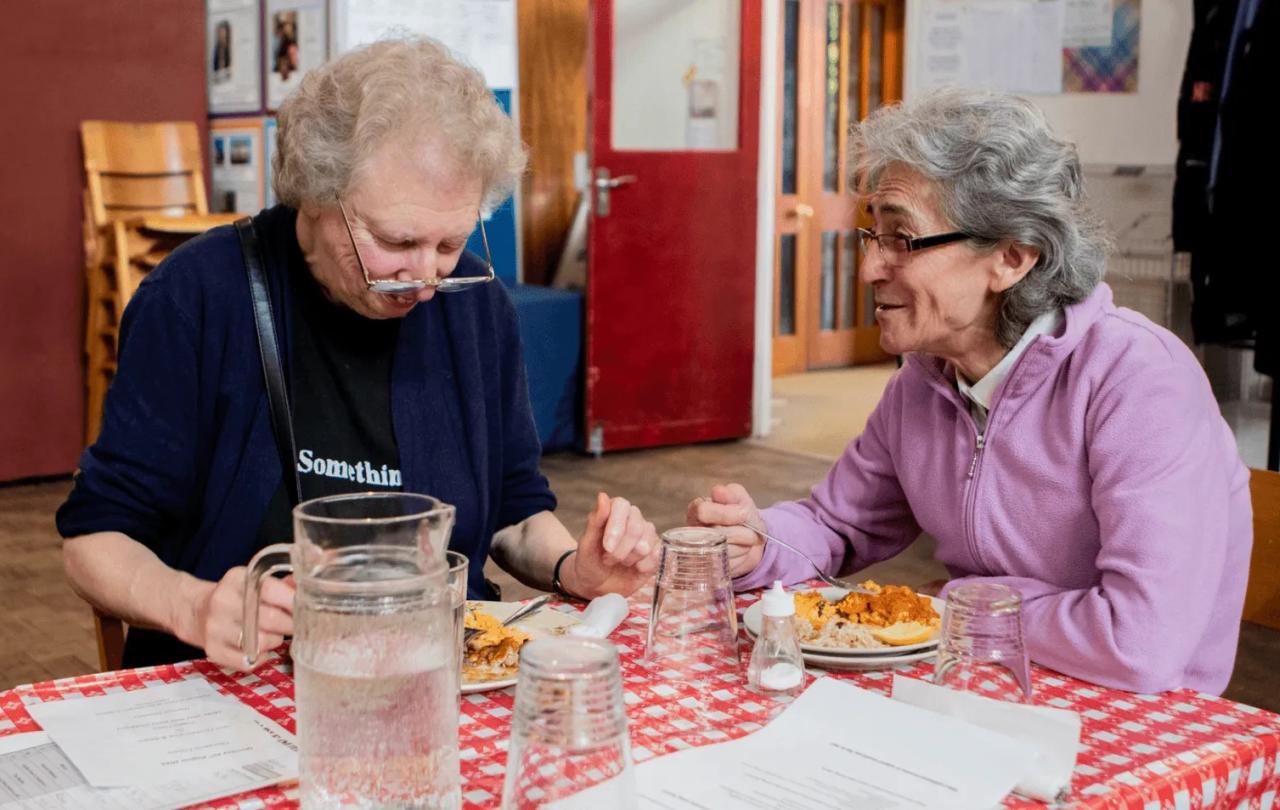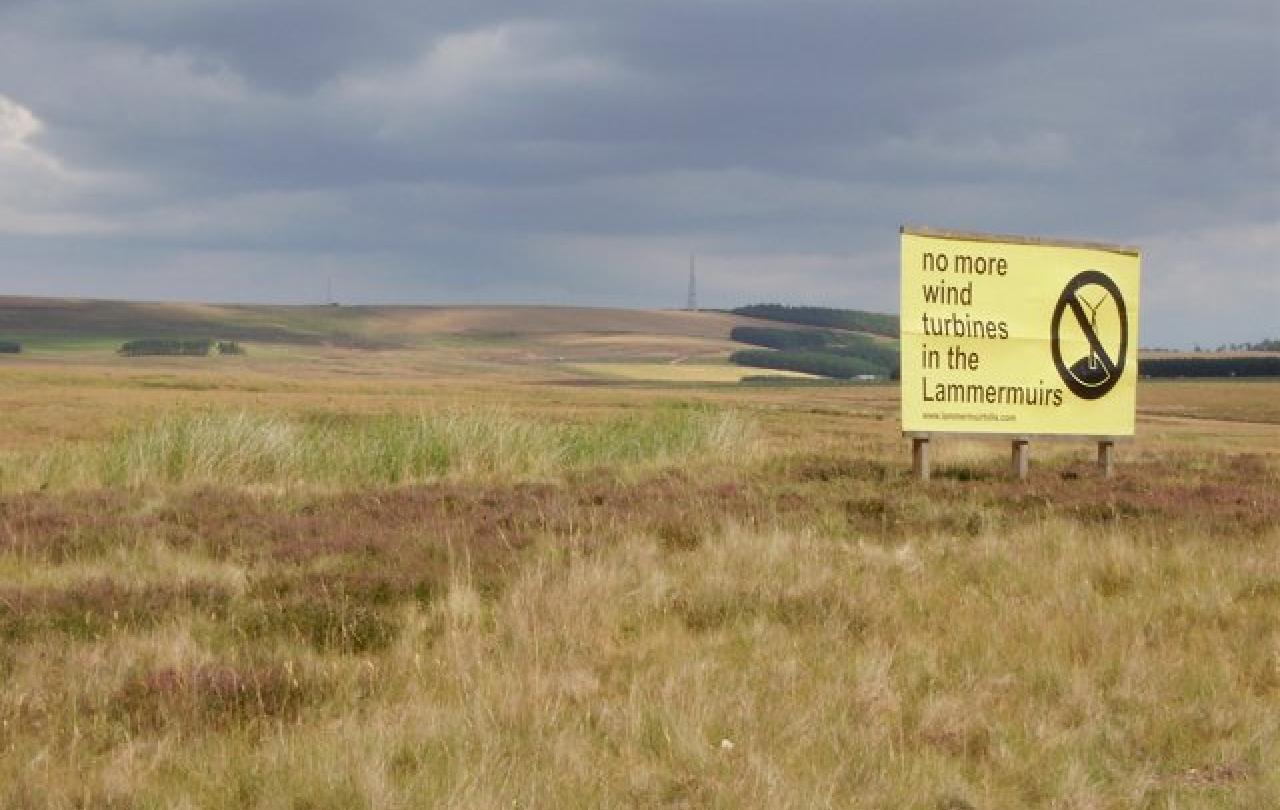
There has been much discussion in the run-up to the Budget about how changing the ‘fiscal rules’ could enable Rachel Reeves to invest more in physical infrastructure like green energy, schools and transport projects. But what usually gets less focus in these discussions is the vital role of ‘social infrastructure’, and how public funding can help build a more connected society.
We are facing many challenges as a country, but few are as deep and costly as loneliness. Nearly half of UK adults report feelings of loneliness, with seven per cent experiencing chronic loneliness (defined as feeling lonely always or often). More than 1 million people over 75 report going over a month without speaking to a friend, neighbour or family member. Loneliness is strongly linked to mental health issues such as depression, anxiety, and stress. It can lead to lower self-esteem and exacerbate existing mental health conditions. Chronic loneliness is associated with various physical health problems, including cardiovascular disease, weakened immune function, and increased mortality risk. Studies have shown that loneliness can increase the risk of premature death by up to 26 per cent.
Loneliness is a global issue, and it’s not a surprise that countries around the world are starting to develop strategies to respond to this highly significant public health challenge. Seoul in South Korea is putting $326 million toward combating the scourge of loneliness and preventing the growing number of “lonely deaths.” The new initiative in the South Korean capital plans to set up a 24-hour hotline for people feeling isolated, expand one-on-one mental health counseling services, and open four locations next year where people can have meals and talk to others.
Closer to home, the Welsh Government has just announced a £1.5m funding package to support Warm Spaces this winter as a way to tackle both fuel poverty and social isolation. I’ve had the privilege over the last three years to lead the Warm Welcome Campaign, a network of over 4000 community spaces across the UK who initially came together in the height of the energy crisis to keep people warm through the winter. What we have learned is that people might come for the warmth but they stay for the welcome, with rates of chronic loneliness plummeting through engagement with a local community space.
Given the slow but steady erosion over the last decades of physical spaces in communities where people can connect, the new Government would be wise to consider how we can turn the tide on this and develop a flourishing national network of spaces of connection and belonging.
Government funding for this kind of social infrastructure might seem outside of the norm for a Budget, but it would represent an investment of public funding which could reap huge long-term dividends.





